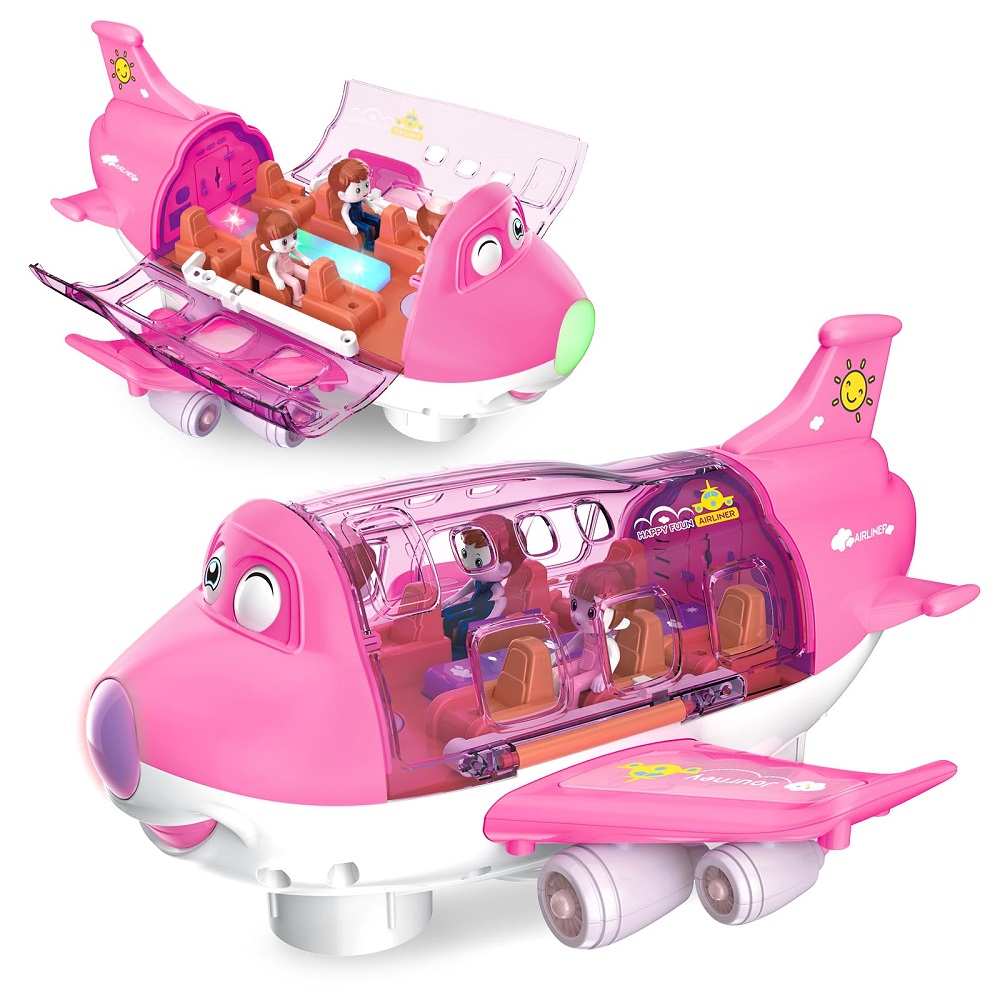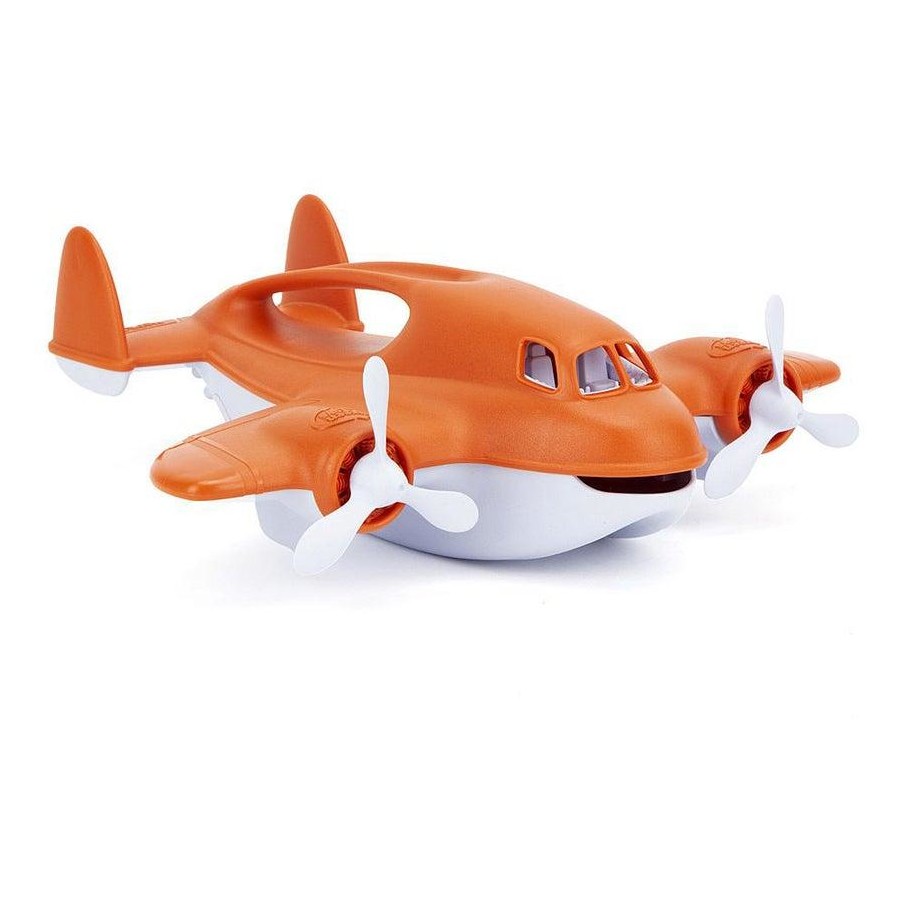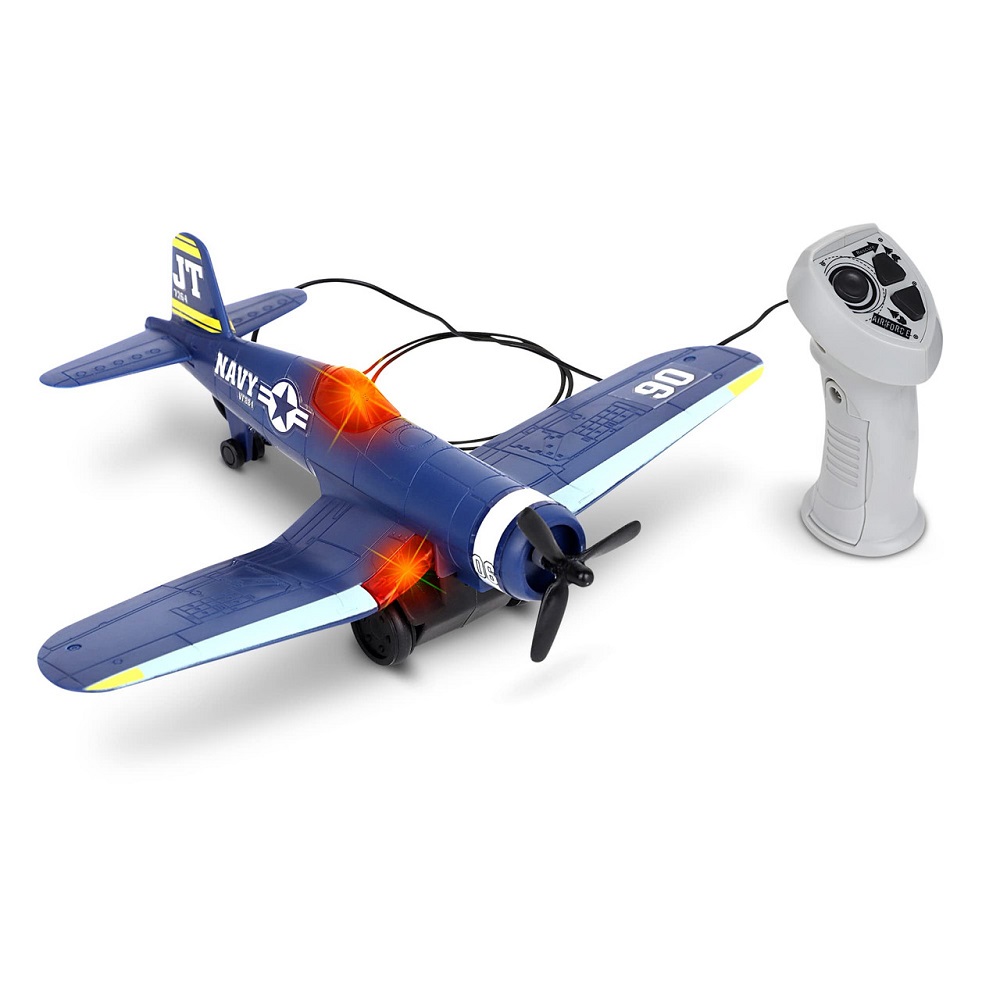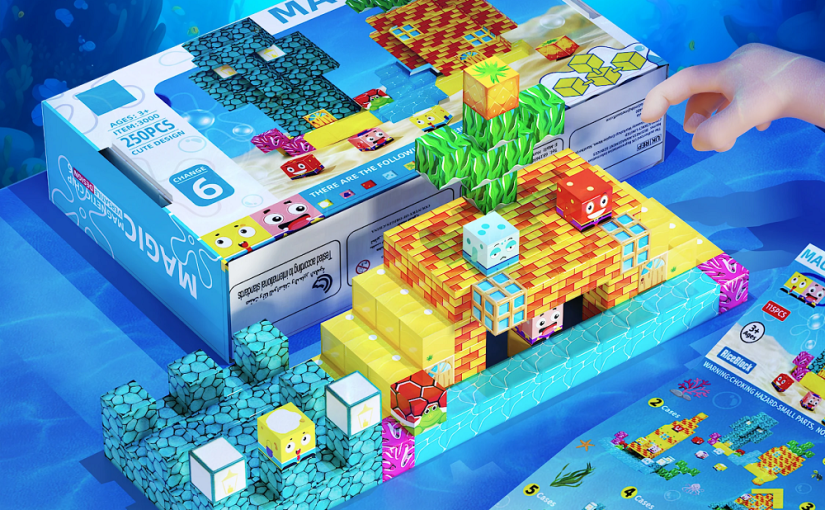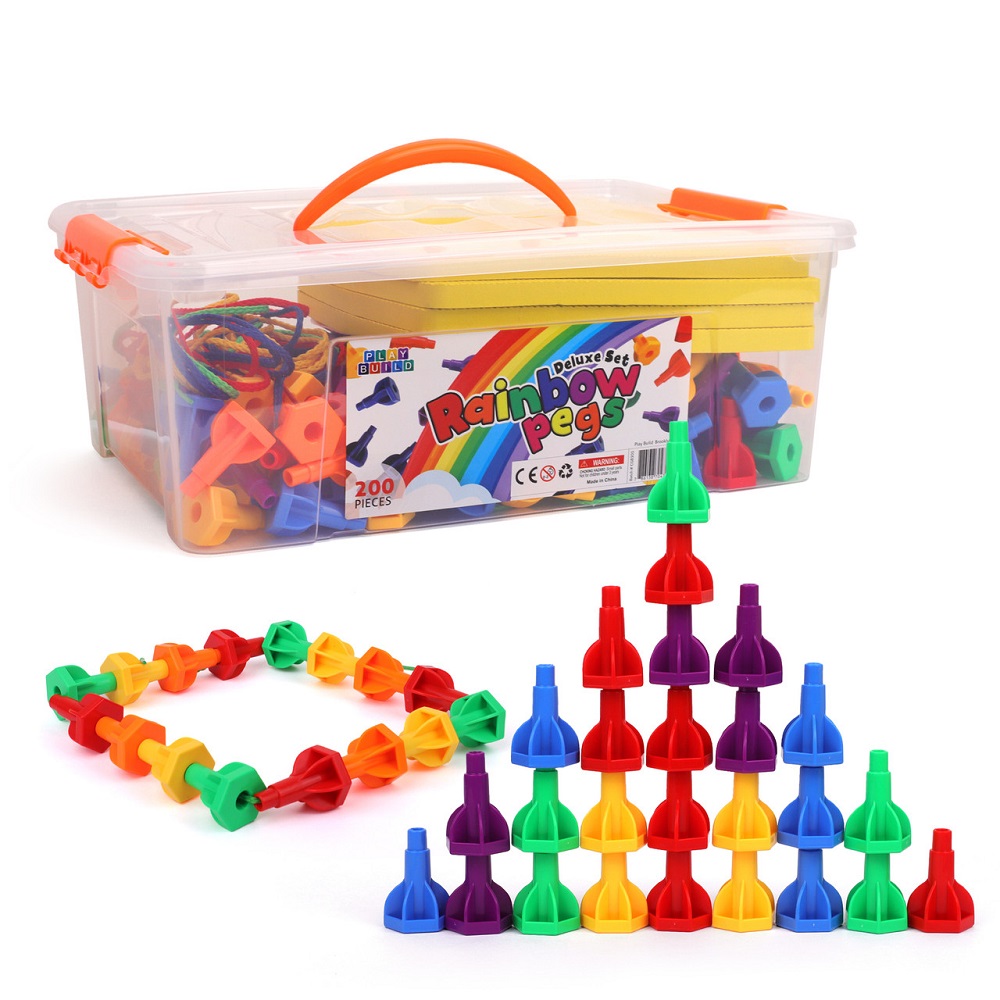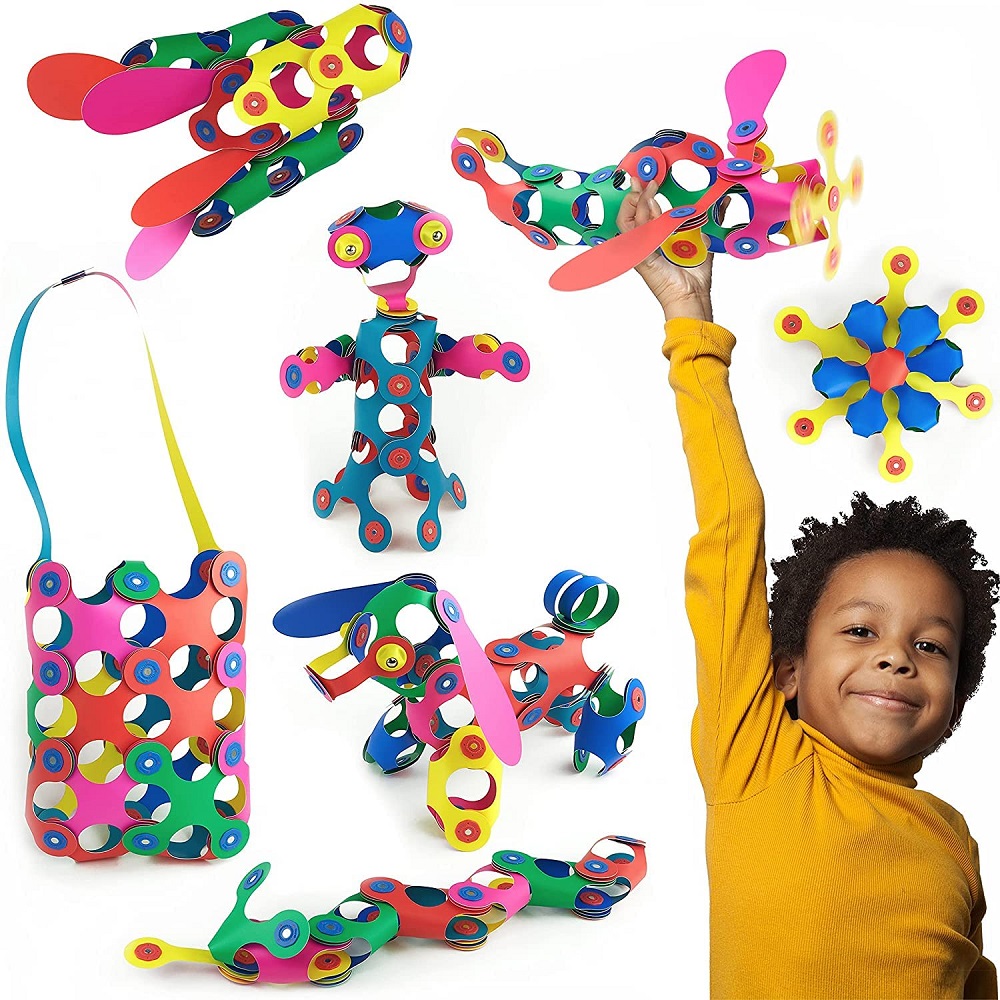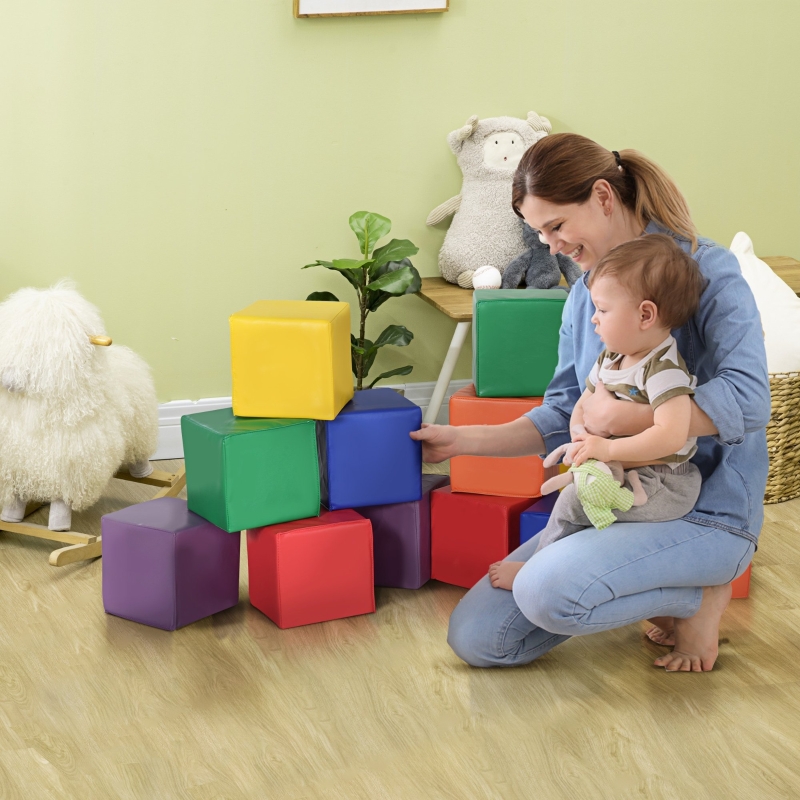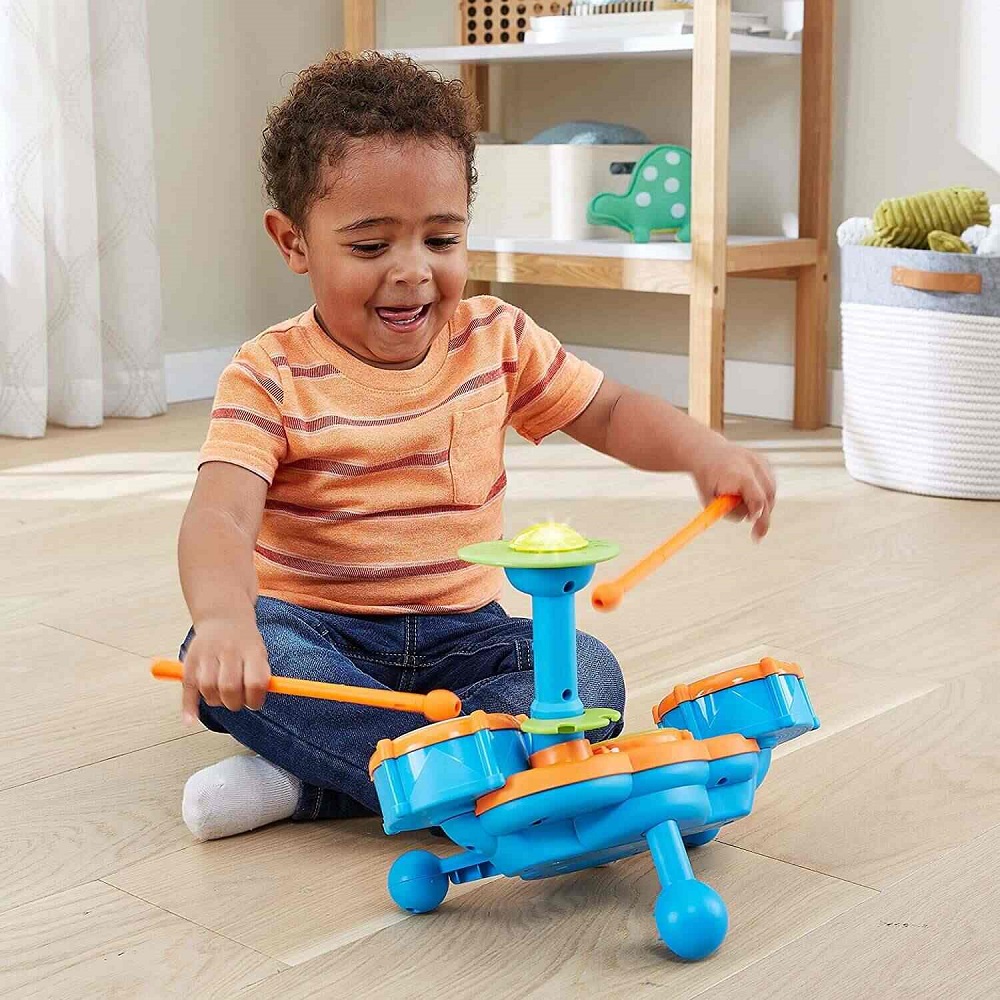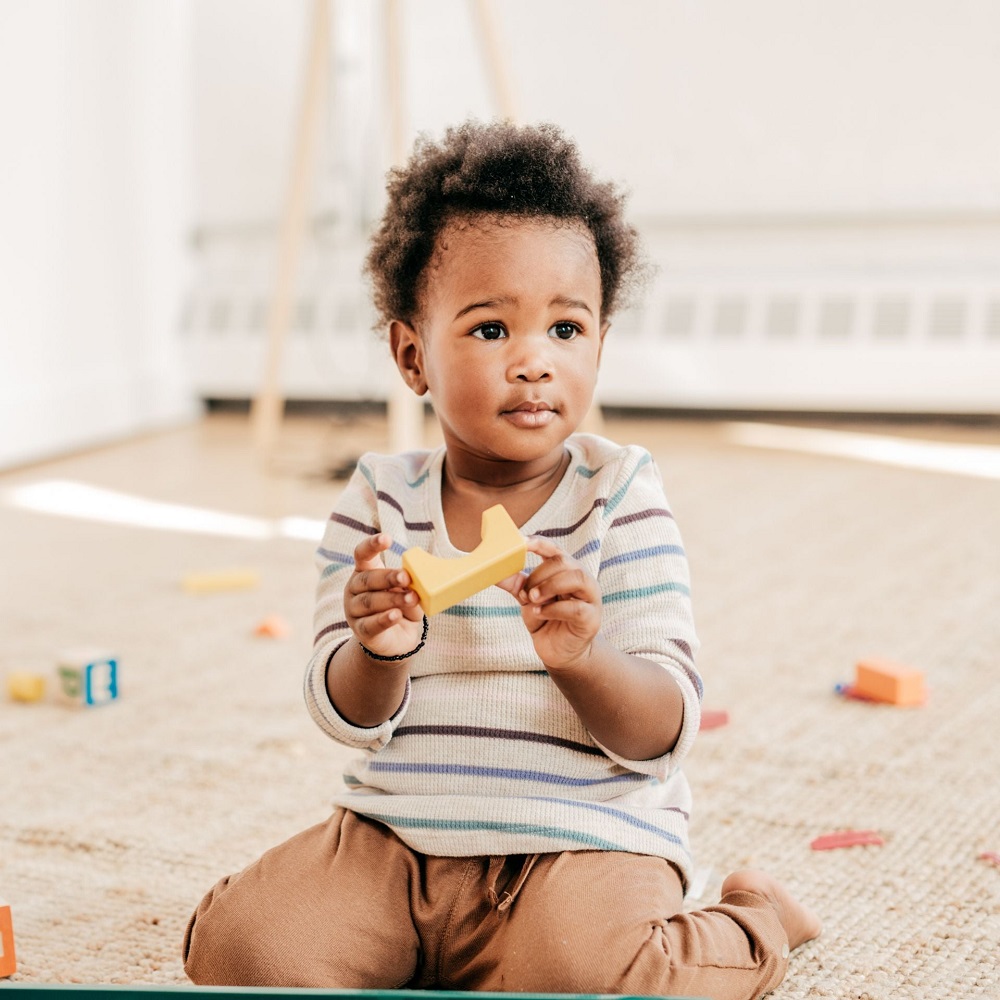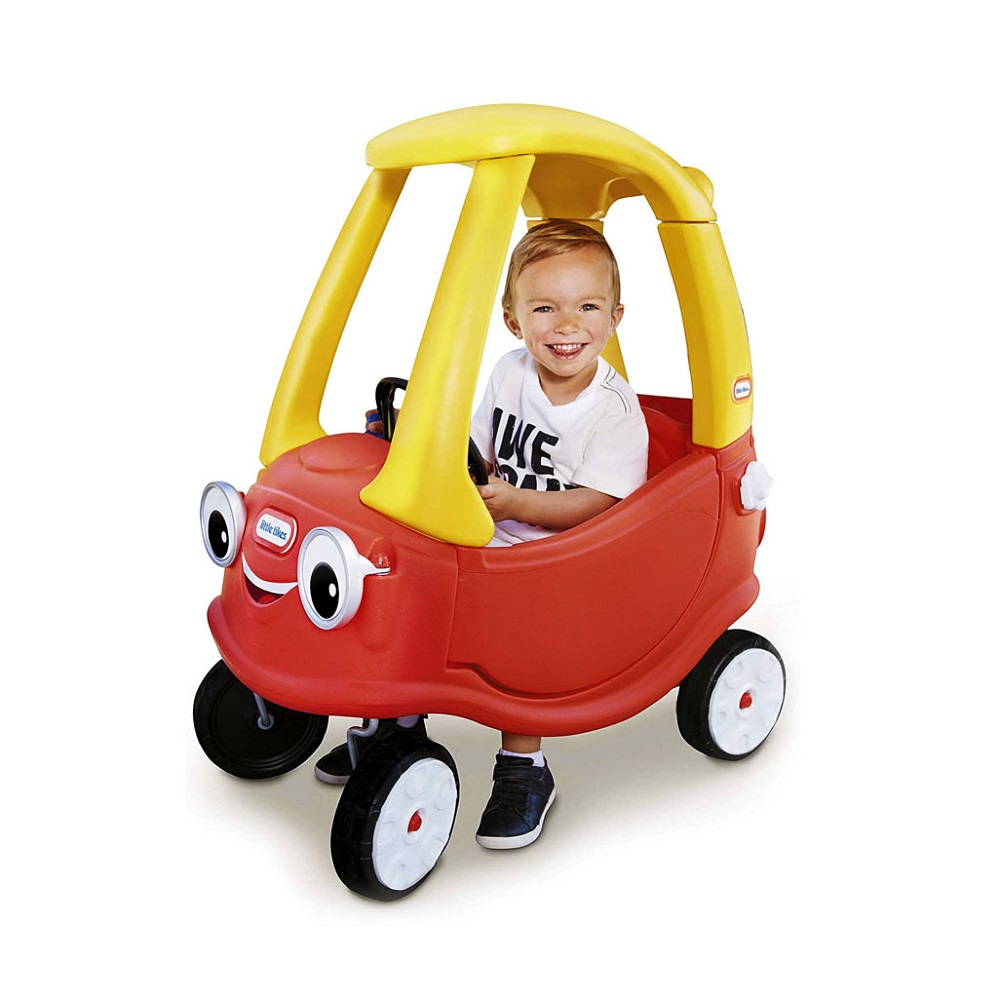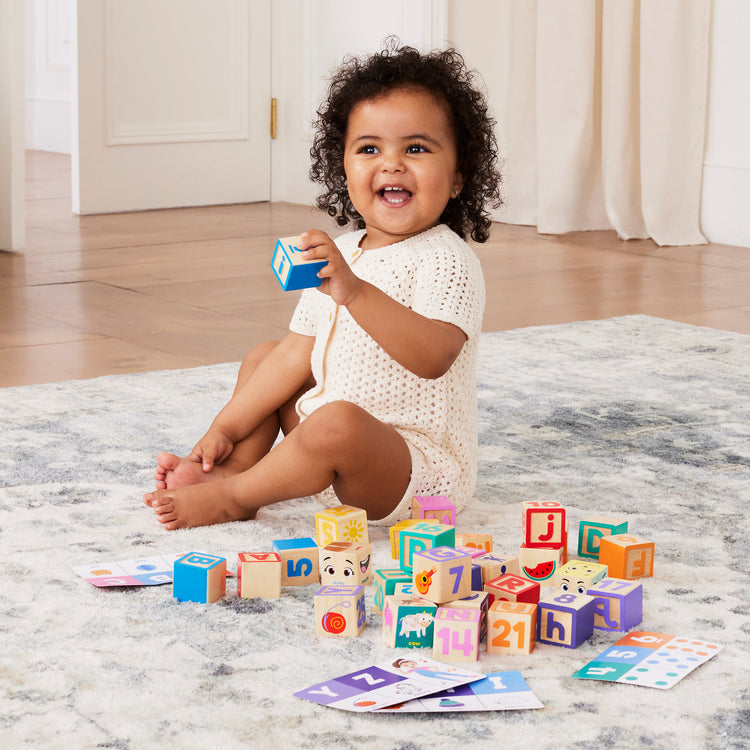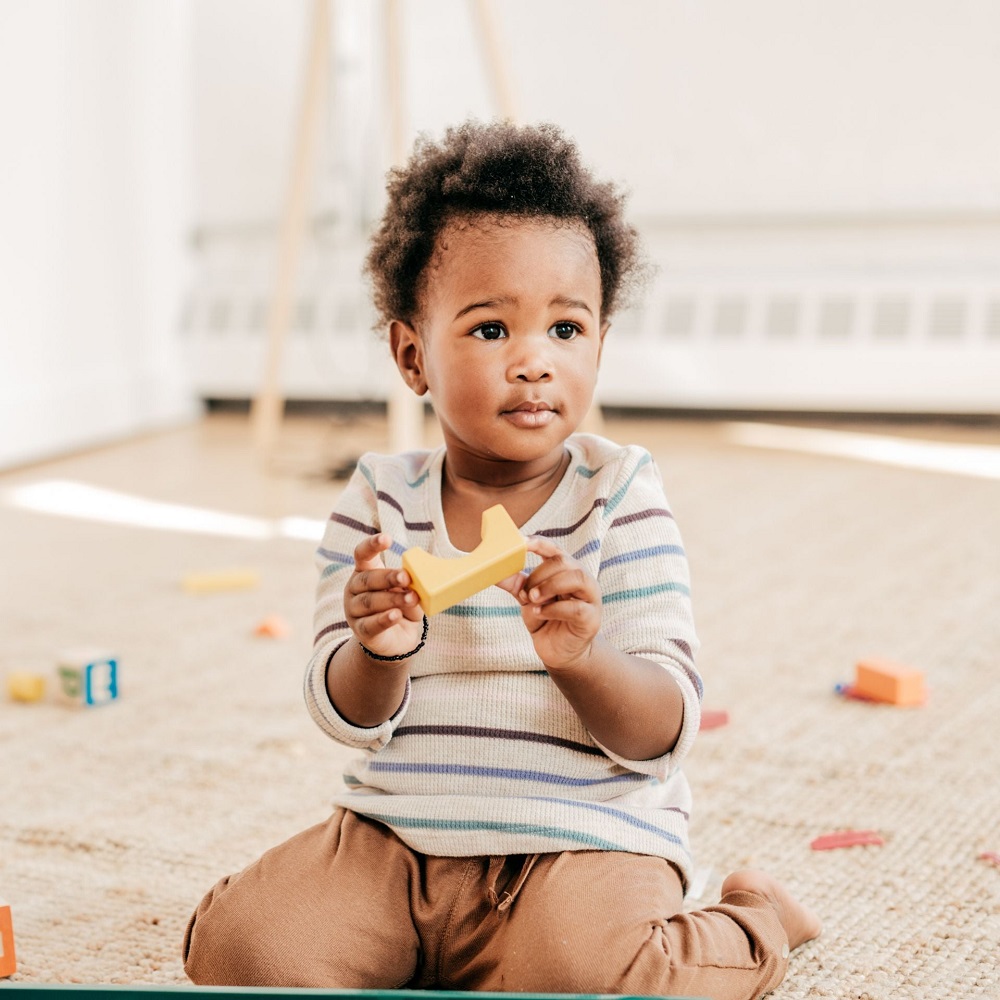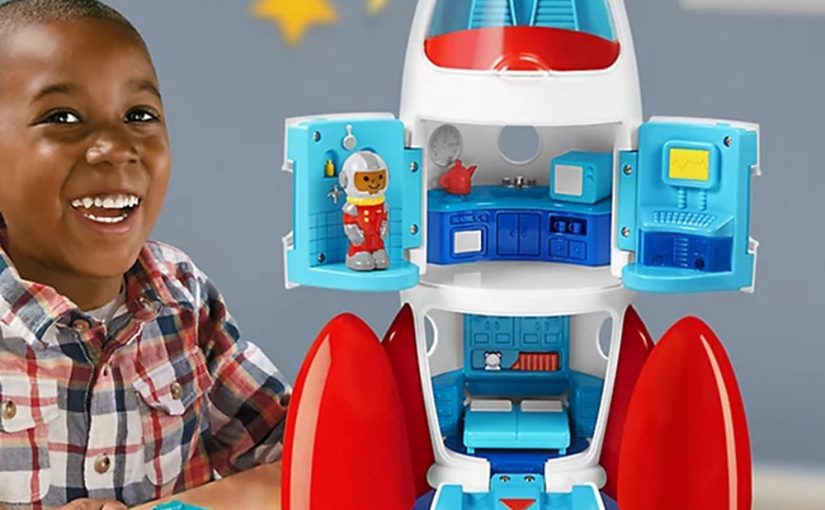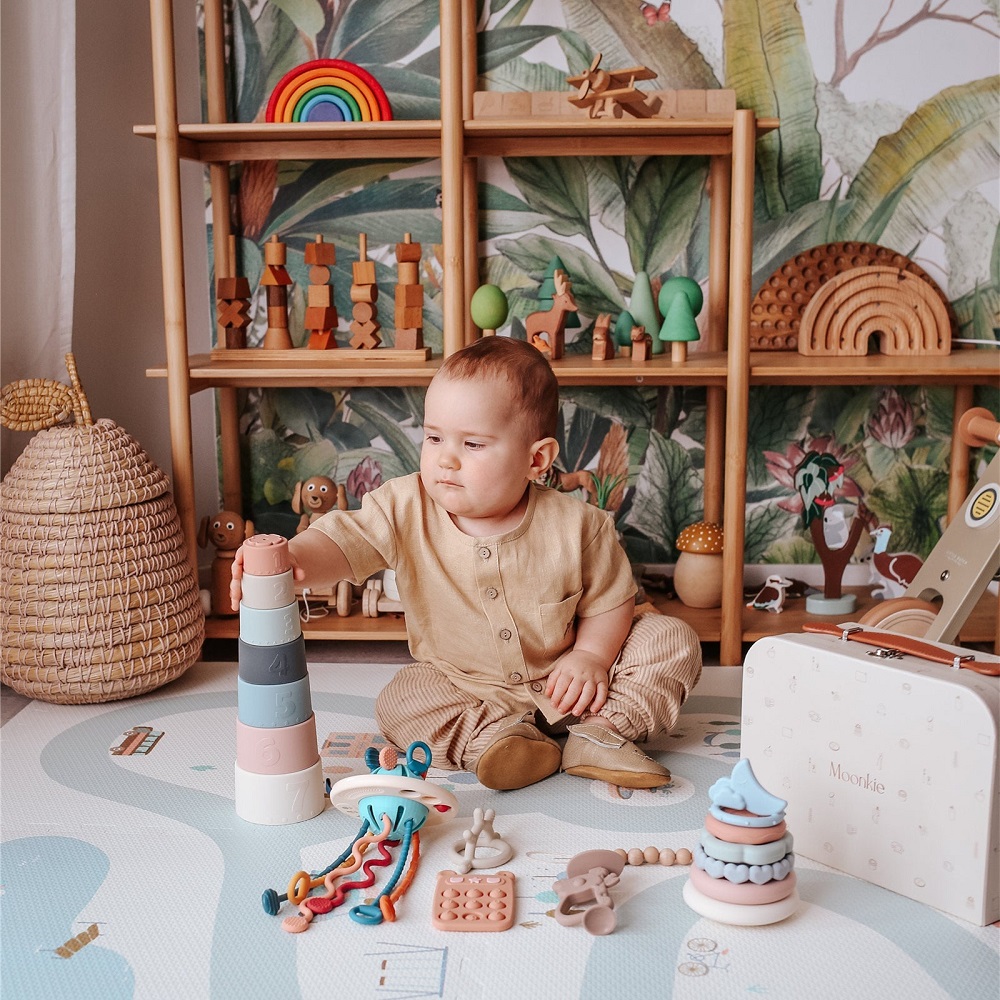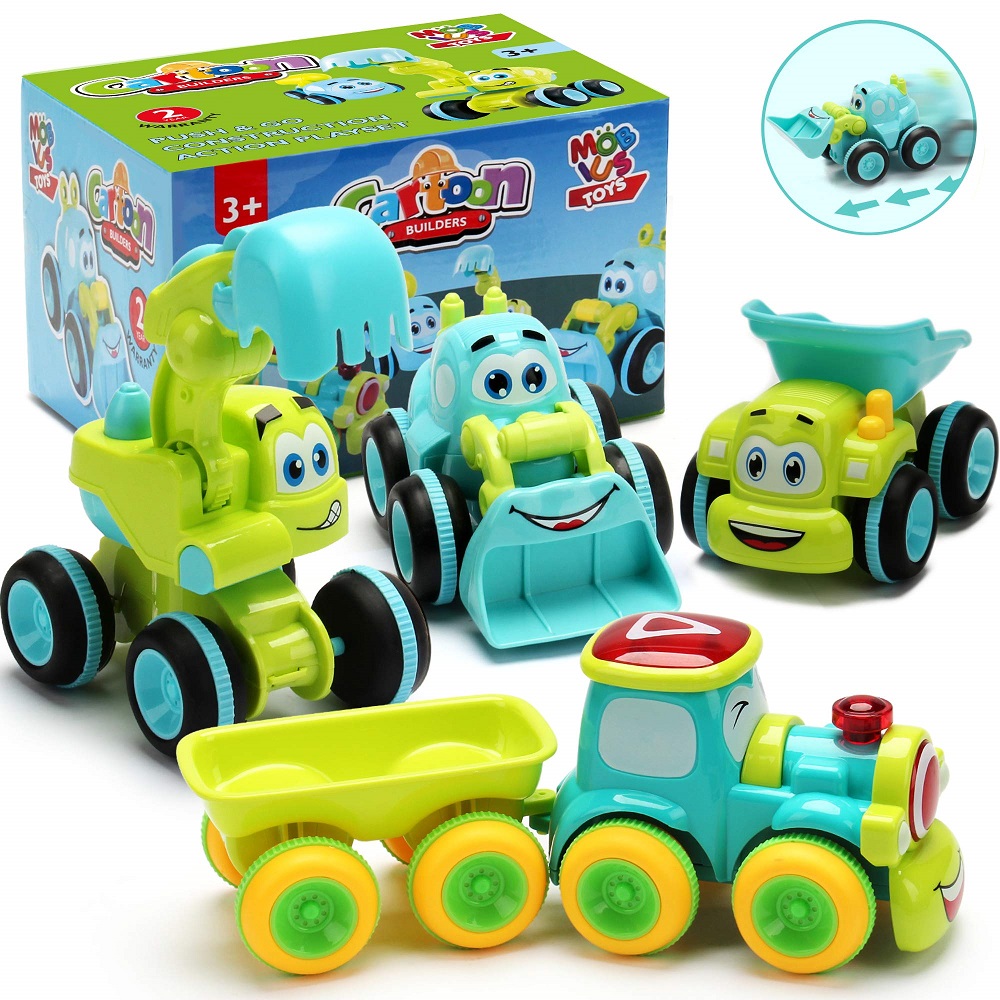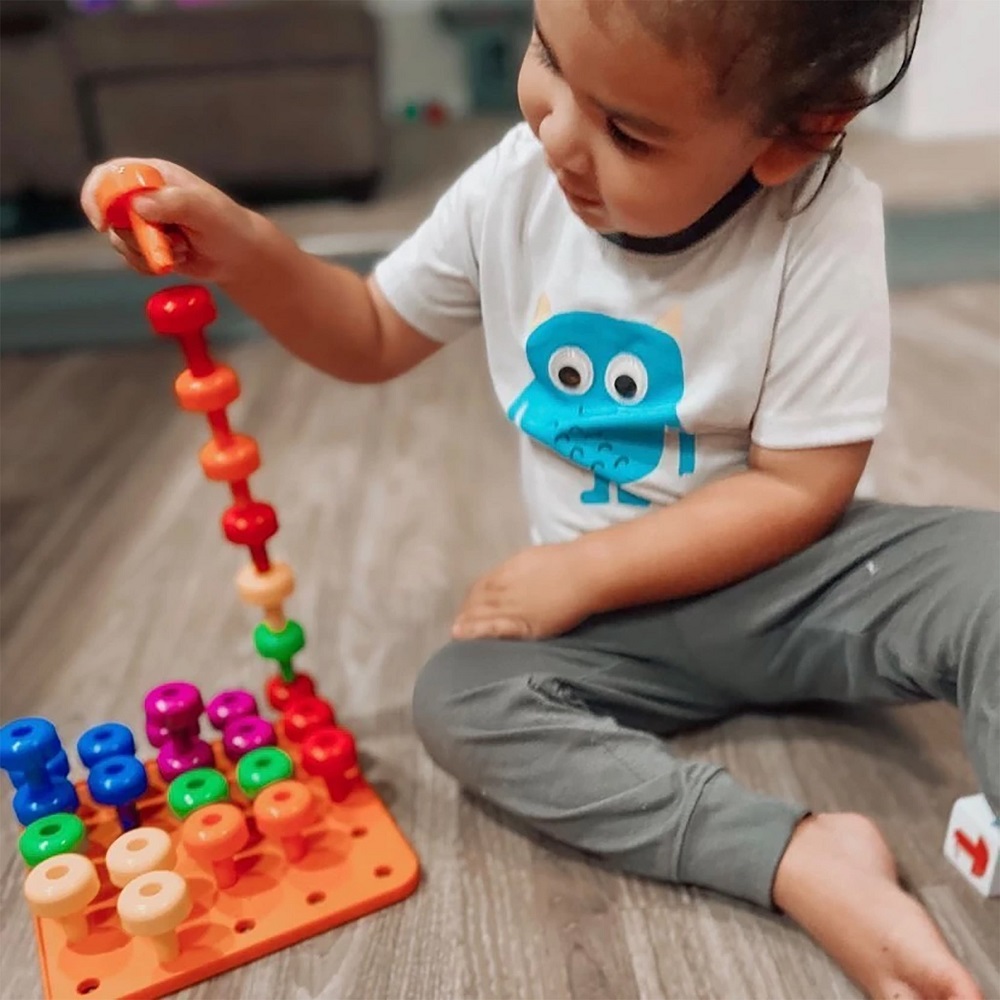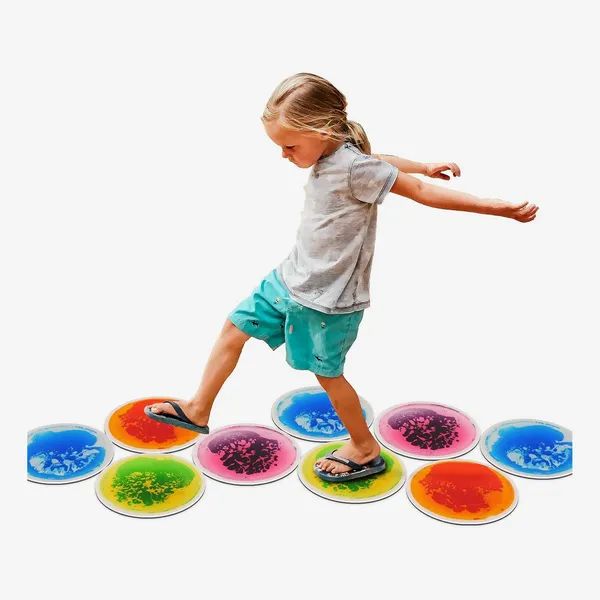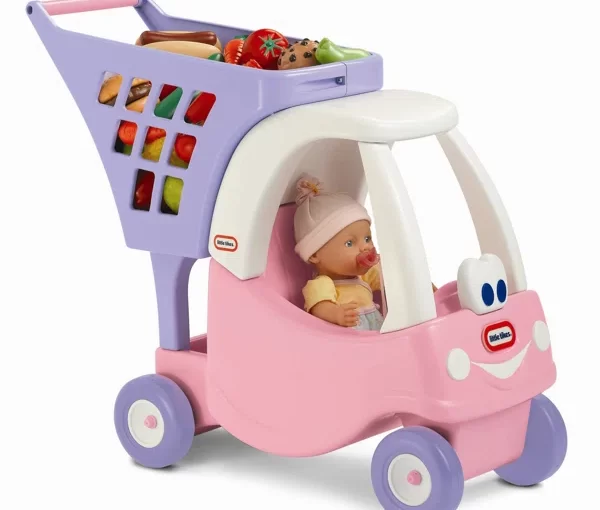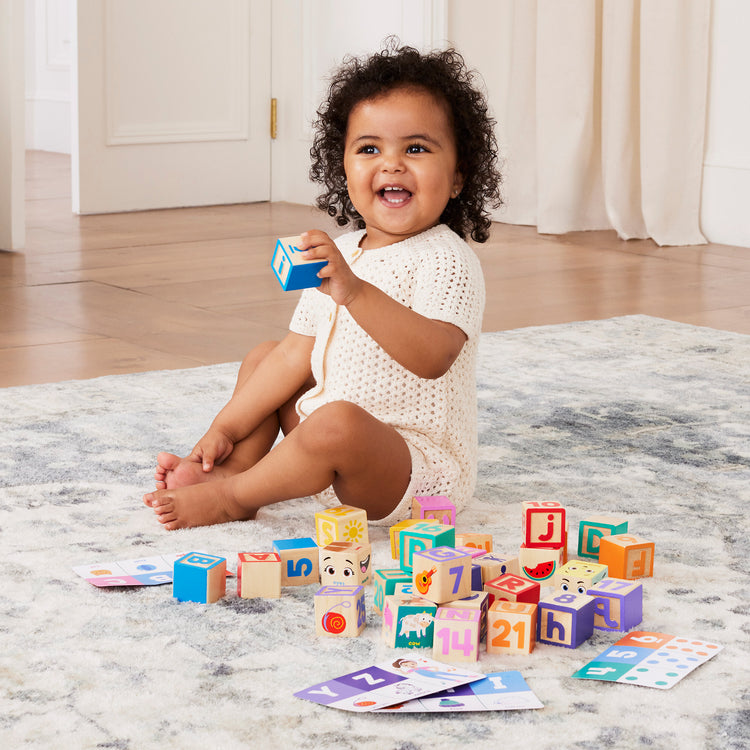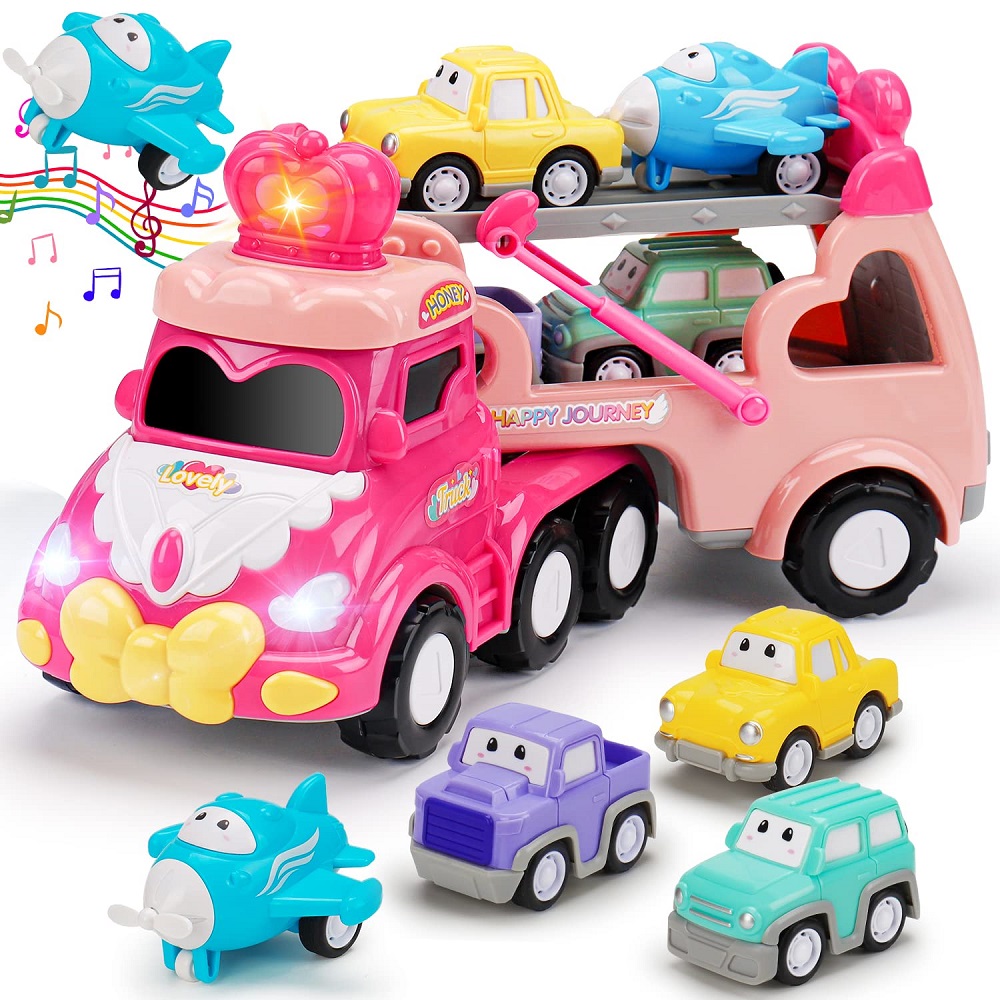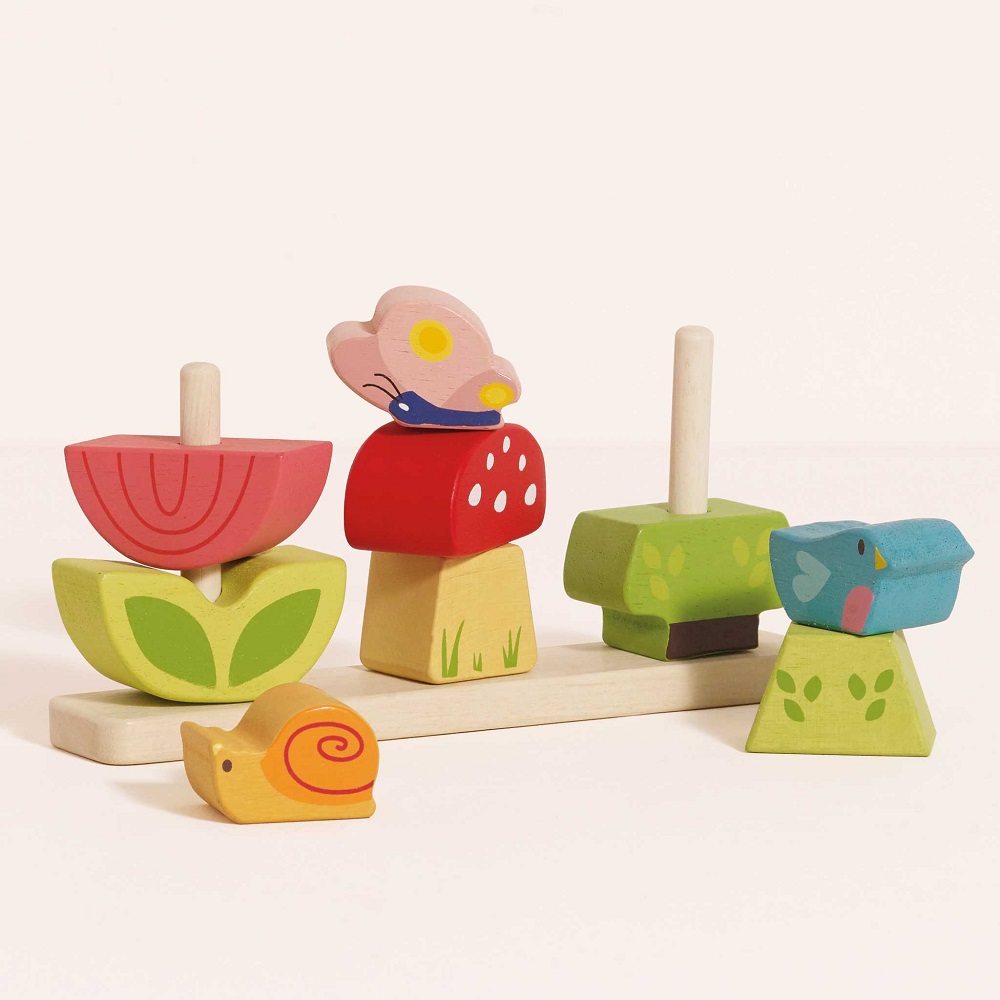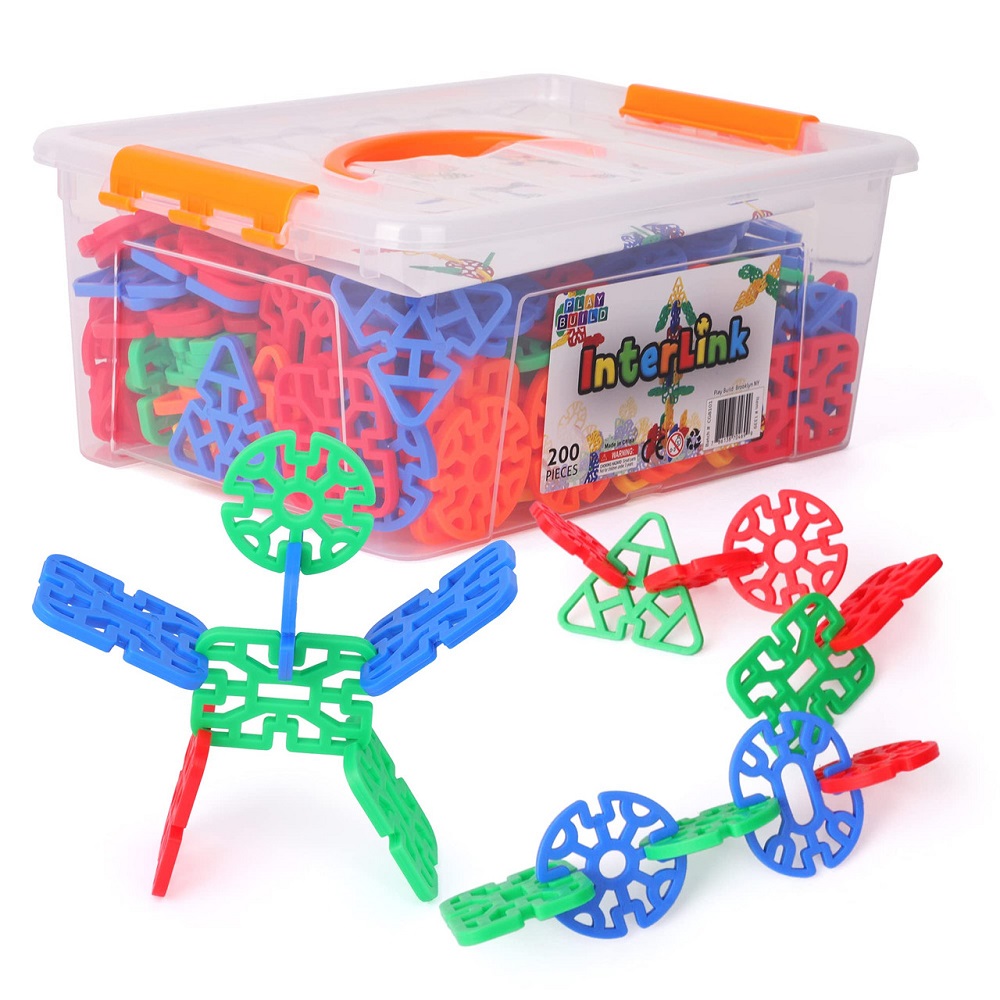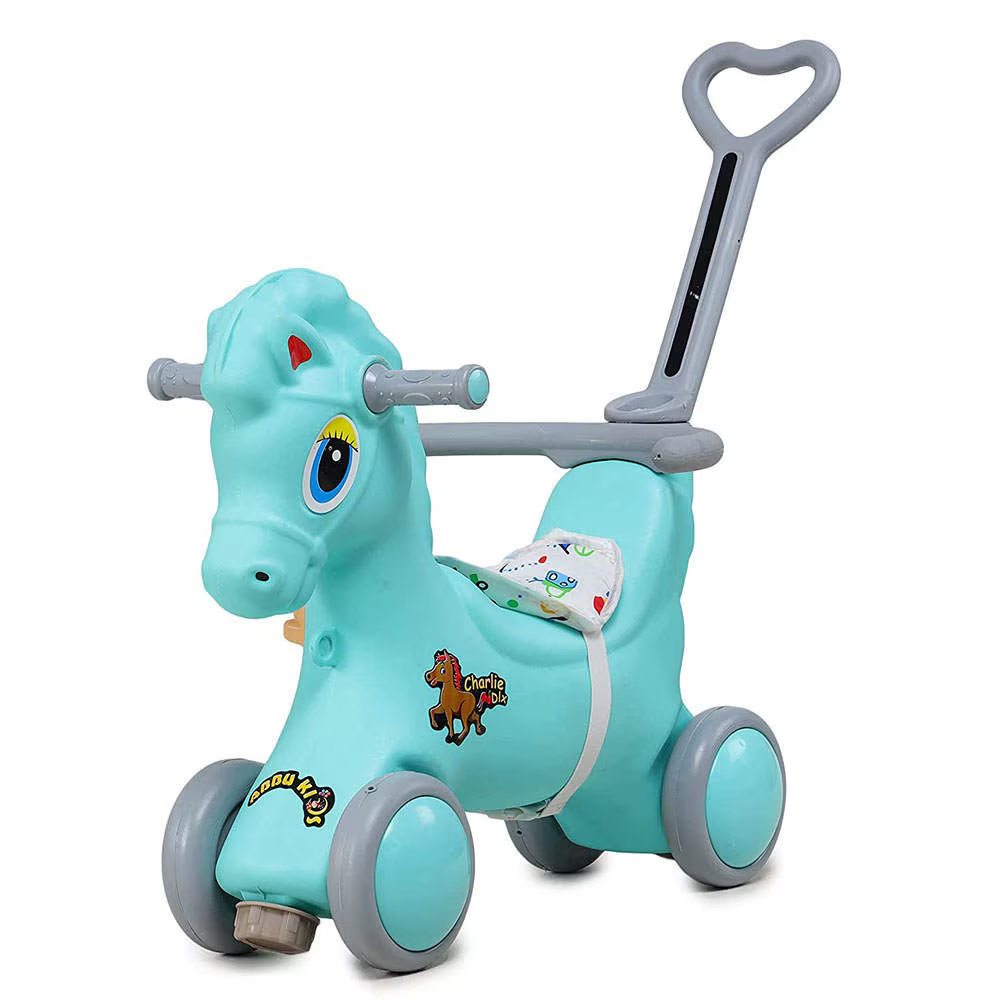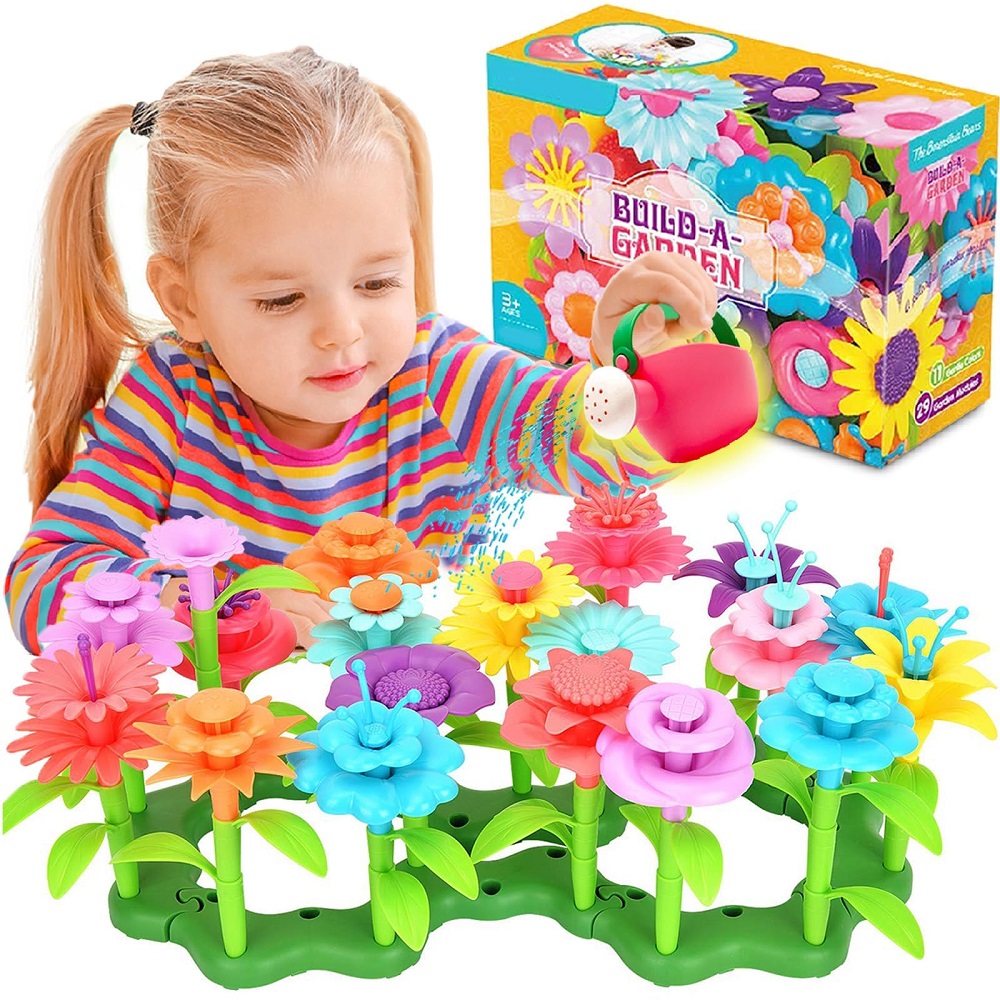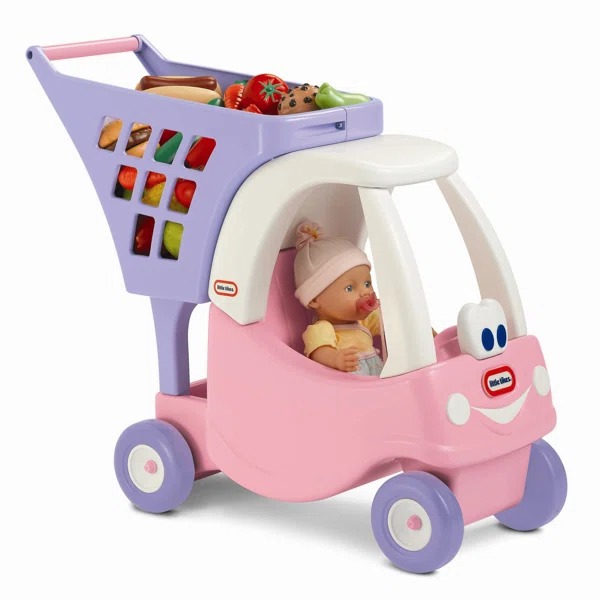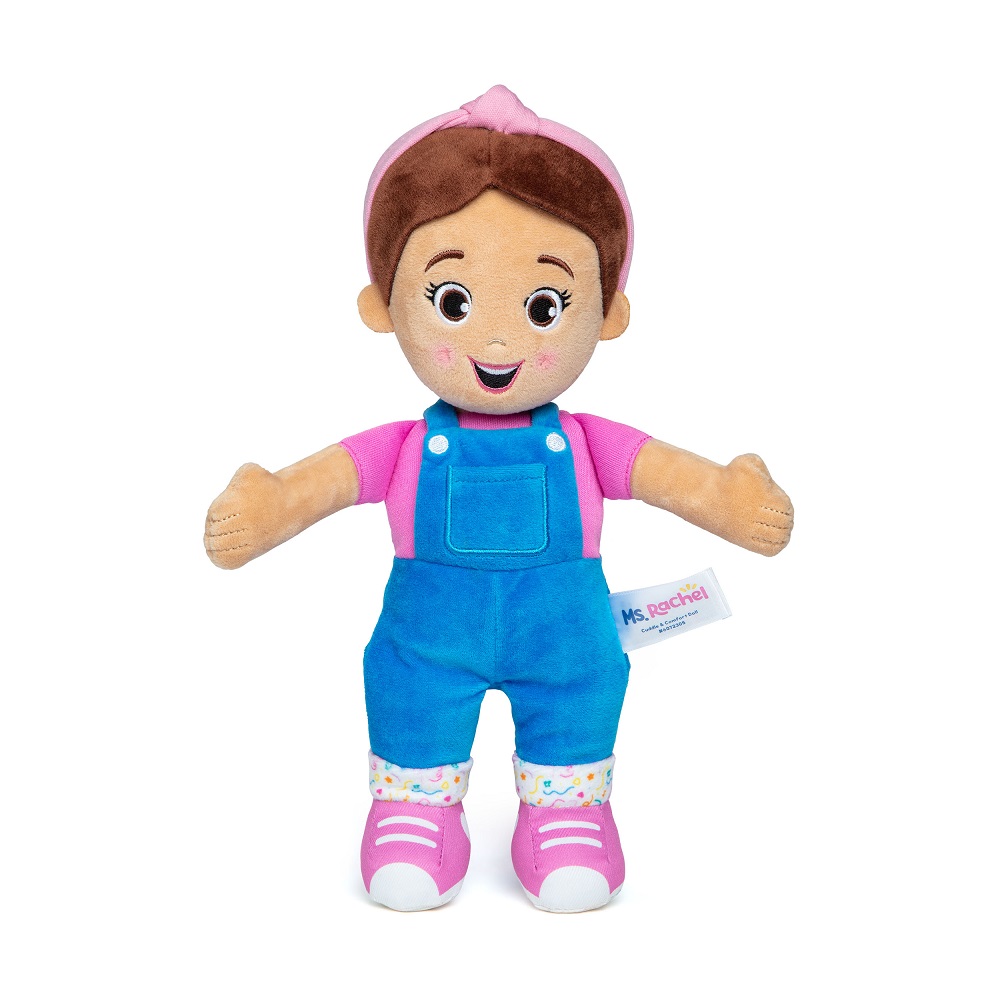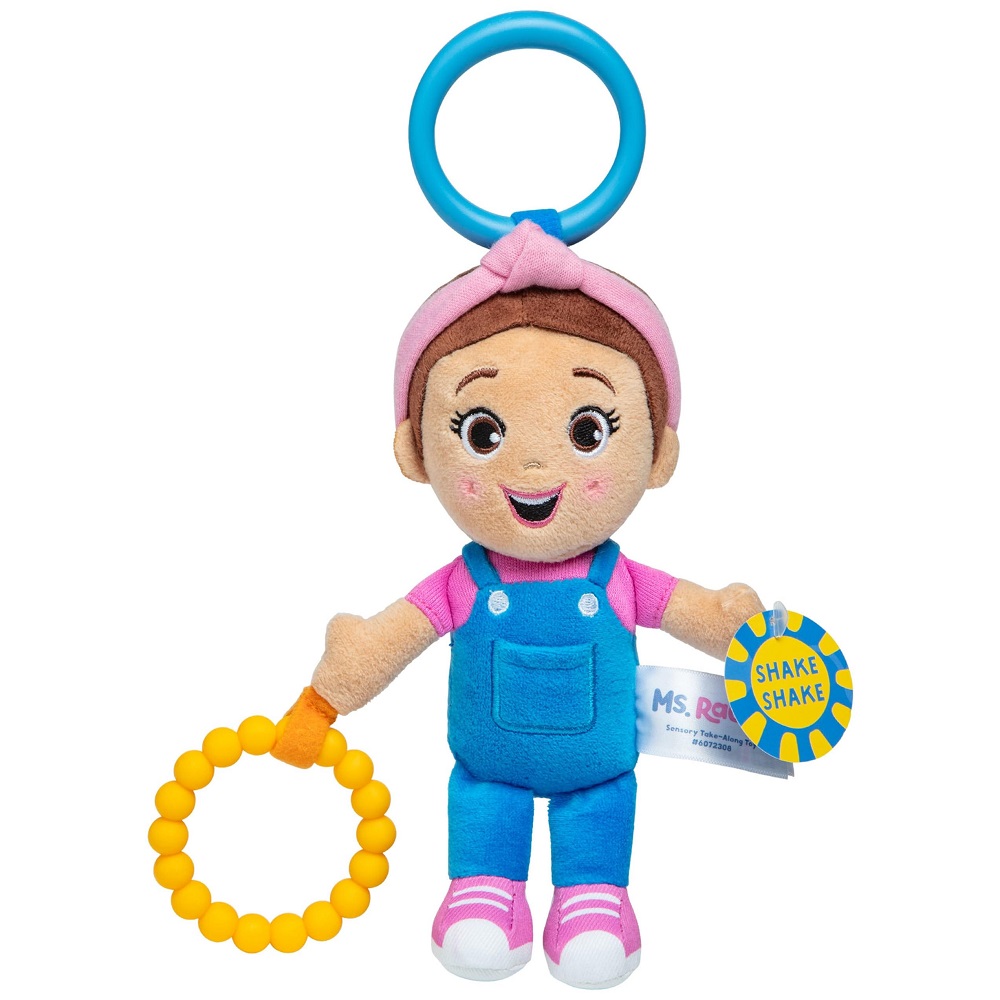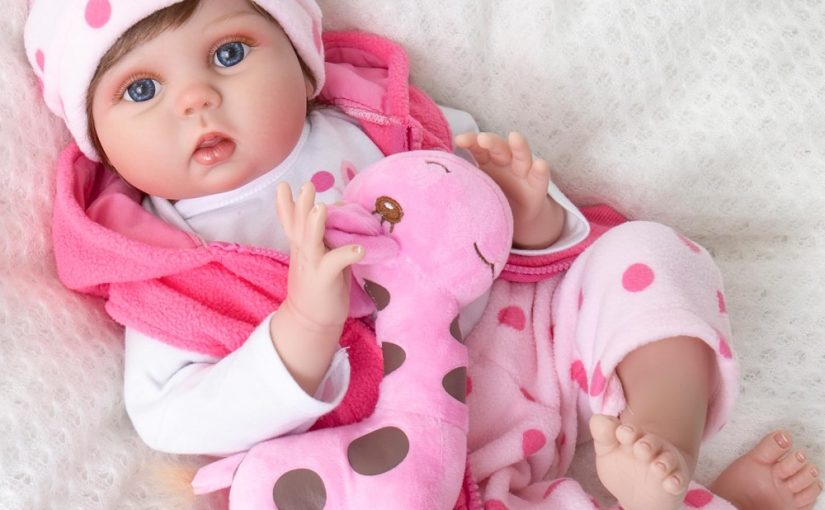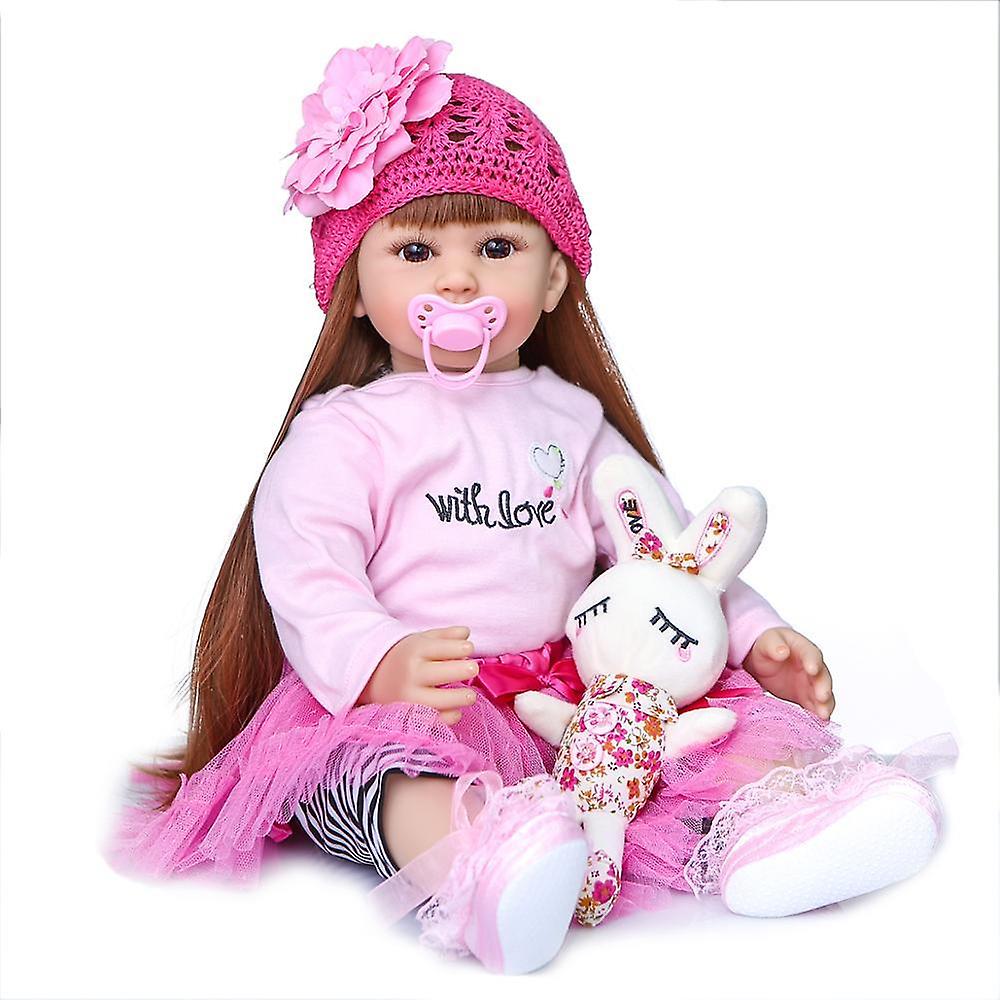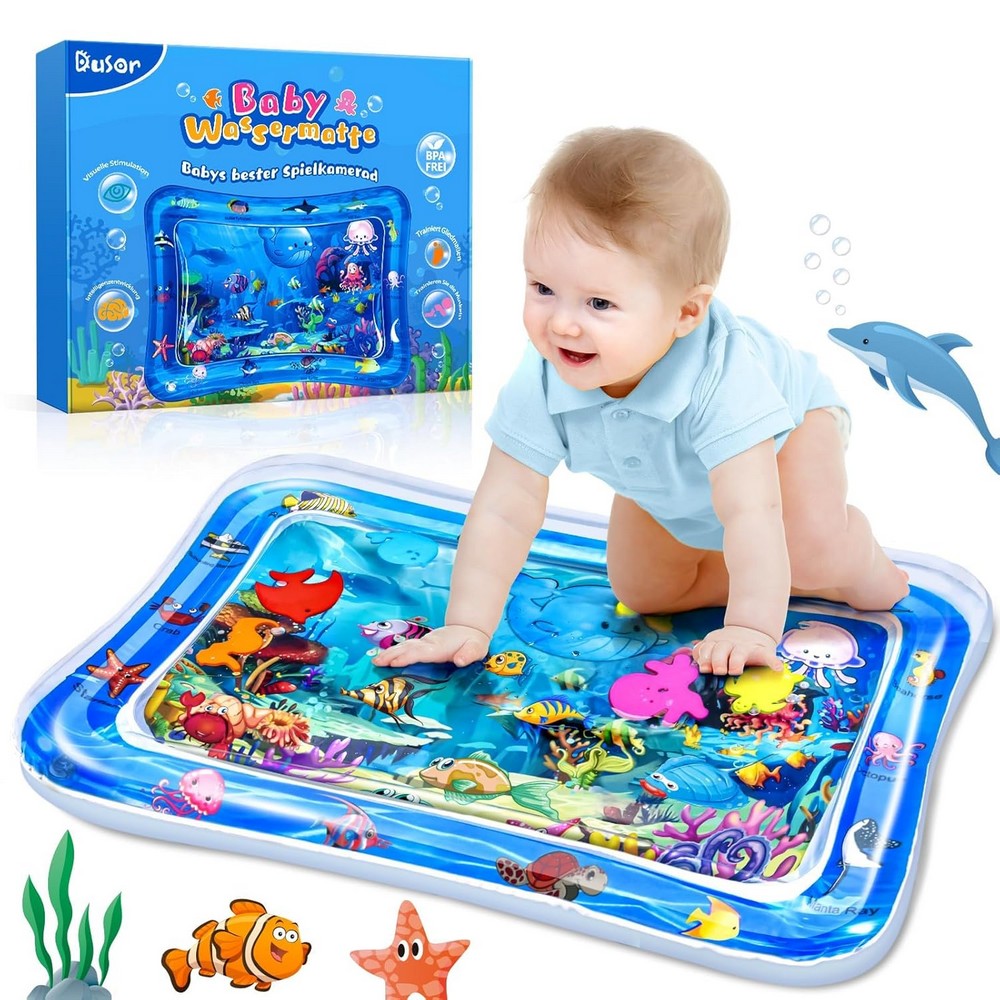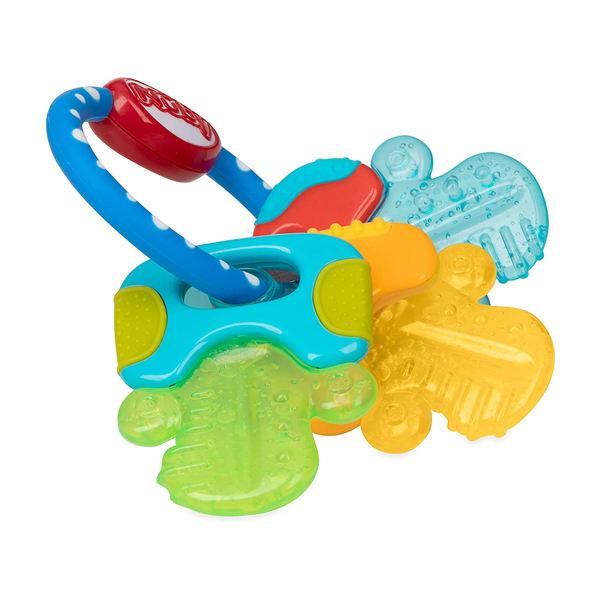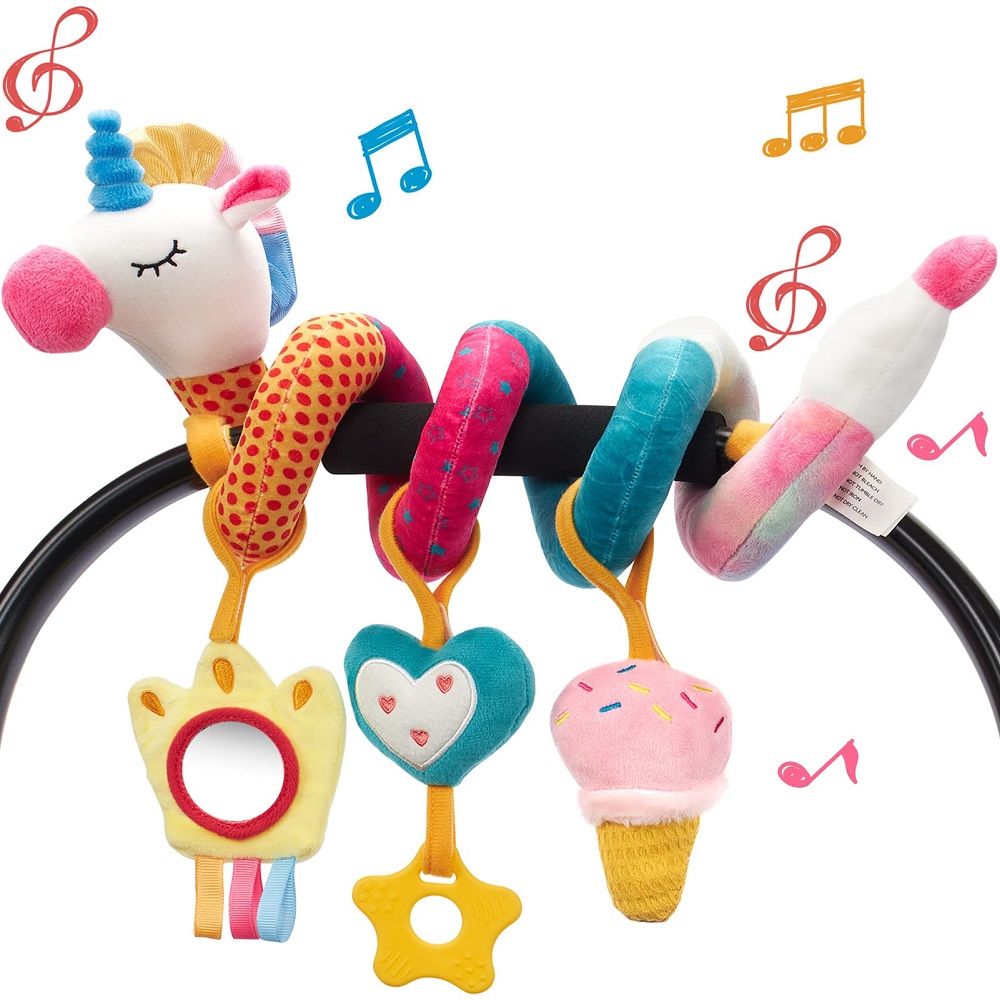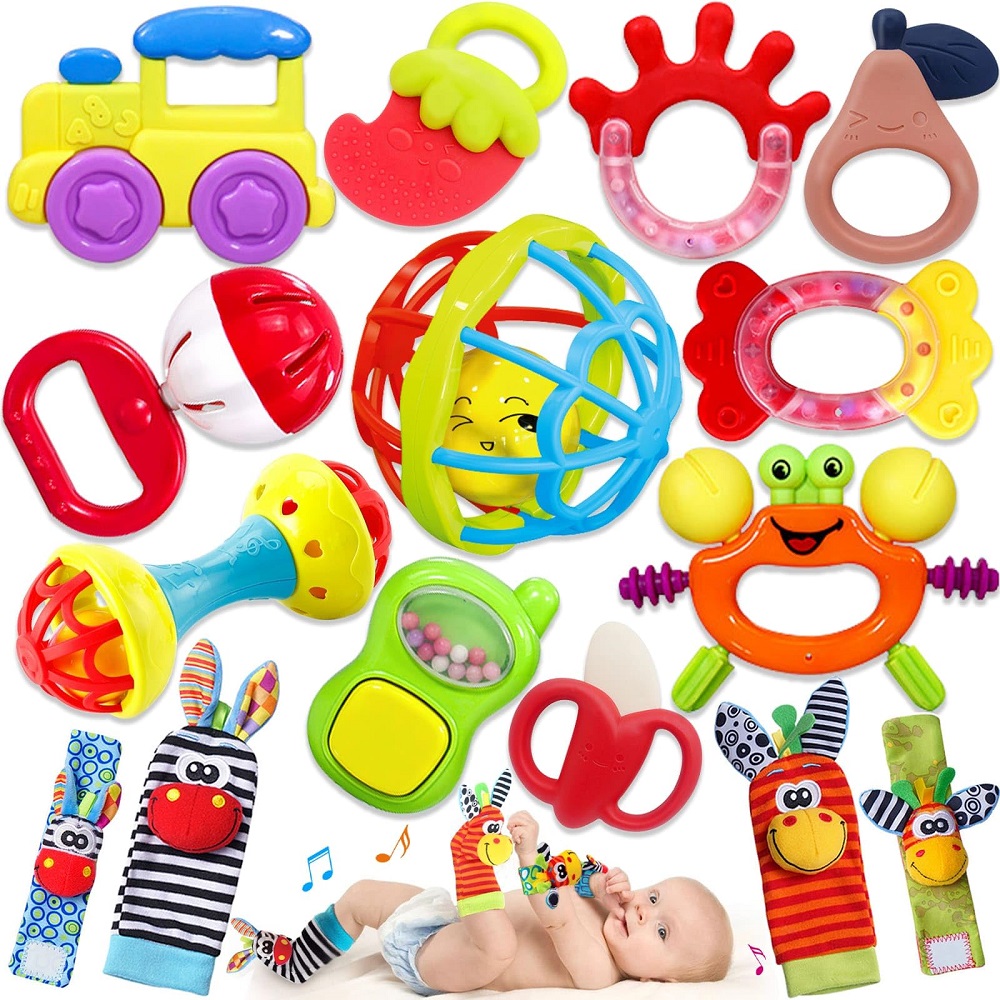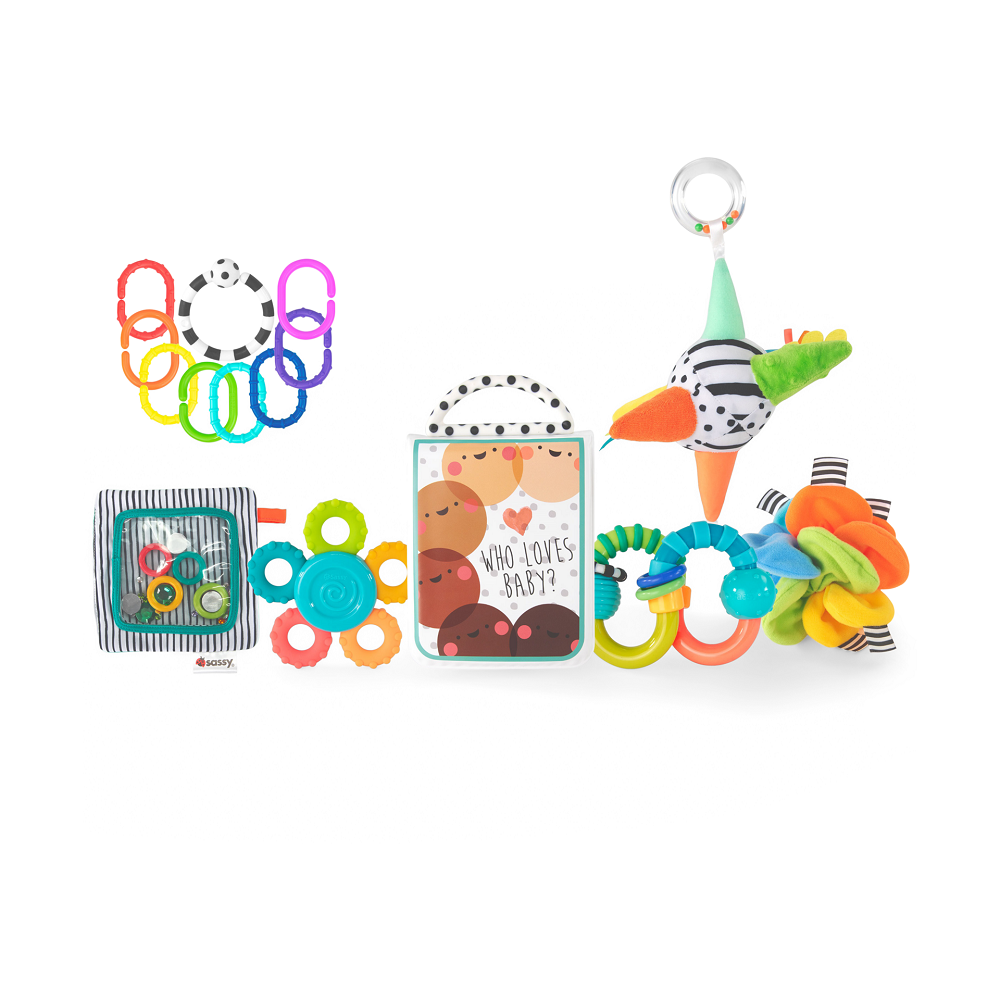Playtime is a crucial aspect of toddler development. It is during these moments that children explore their surroundings, learn new skills, and develop important social and cognitive abilities. Among the myriad of toys available, car toys remain a favorite for many toddlers. These small vehicles provide endless entertainment and play opportunities. This article will delve deeper into the benefits of toddler car toys, exploring how they contribute to developmental growth, creativity, and motor skills.
Fostering Imagination and Creativity
Encouraging Pretend Play
Car toys encourage imaginative play in toddlers. When children play with vehicles, they often create elaborate scenarios that can transport them into various imaginative worlds. A toddler might envision a police chase, a road trip, or a race to rescue a stranded toy. These scenarios allow children to step into different roles and narratives, enhancing their creativity.
Pretend play is essential for cognitive development. As toddlers create stories and scenarios, they learn to think abstractly. This imaginative engagement fosters problem-solving skills as children work through their pretend adventures. They learn to interact with their environment and develop a deeper understanding of the world around them.
Expanding Storytelling Skills
Through play with car toys, toddlers can also enhance their storytelling abilities. Engaging with different vehicles can inspire children to narrate tales about what their toys are doing. They may assign personalities to each car, giving them unique attributes and backstories. This creativity expands their vocabulary and improves communication skills.
As toddlers share their imaginative stories, they develop confidence in expressing their thoughts. They learn to articulate ideas and emotions through playful narratives. Parents can encourage this aspect of play by asking questions, prompting further storytelling, and participating in the imaginative scenarios.

Encouraging Fine Motor Skill Development
Grasping and Manipulating Cars
Playing with car toys aids in the development of fine motor skills, which are essential for everyday tasks. When toddlers grasp, push, and maneuver toy cars, they enhance their dexterity and hand-eye coordination. This physical engagement with the toys helps build the small muscles in their hands and fingers.
Pushing a car along the ground requires toddlers to use their hands in a precise manner. They learn to control their movements, enhancing their grip strength. As they learn to manipulate different types of vehicles, they become more adept at using their hands for various tasks in the future.
Enhancing Coordination and Balance
Car toys can also contribute to improving overall coordination and balance. Many toddlers enjoy running or crawling with their cars. This movement helps them understand their body’s spatial awareness. When a child attempts to push a toy car in different directions, they learn how to balance and move their bodies effectively.
Additionally, playing with cars can involve obstacles, ramps, or tracks. Setting up these environments challenges toddlers to navigate their vehicles through space while maintaining balance. The combination of fine motor skills and gross motor activities leads to well-rounded physical development.
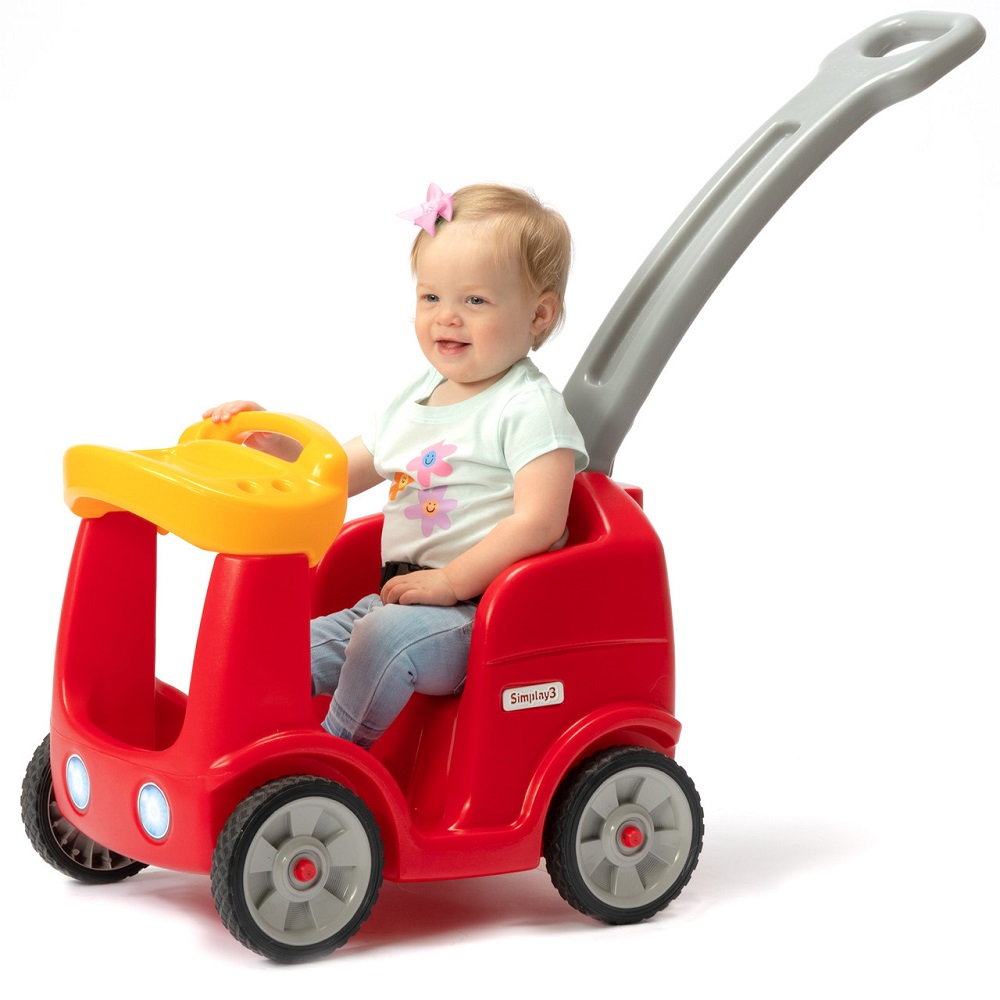
Promoting Social Skills Through Cooperative Play
Building Cooperative Play
Car toys often encourage cooperative play among toddlers. Children are naturally drawn to playing together, and toddler car toys can serve as a common interest. When toddlers share their toy vehicles, they learn the importance of taking turns and sharing. This cooperation lays the groundwork for developing strong social skills.
Through shared play, toddlers learn to communicate with their peers. They may discuss their play scenarios, negotiate roles, or even create rules for their adventures. This verbal interaction fosters language skills and helps build friendships. Engaging in cooperative play teaches valuable lessons about teamwork and empathy.
Conflict Resolution and Empathy
In cooperative play, toddlers will inevitably face disagreements or conflicts over toys. Such moments arise when one child wants a particular car that another child is using. Navigating these conflicts allows toddlers to develop coping skills and learn how to express their feelings.
Parents can guide toddlers through these situations by encouraging dialogue and demonstrating conflict resolution techniques. Teaching toddlers to express their needs gracefully helps them grow emotionally. This emotional intelligence is crucial for building relationships throughout their lives.
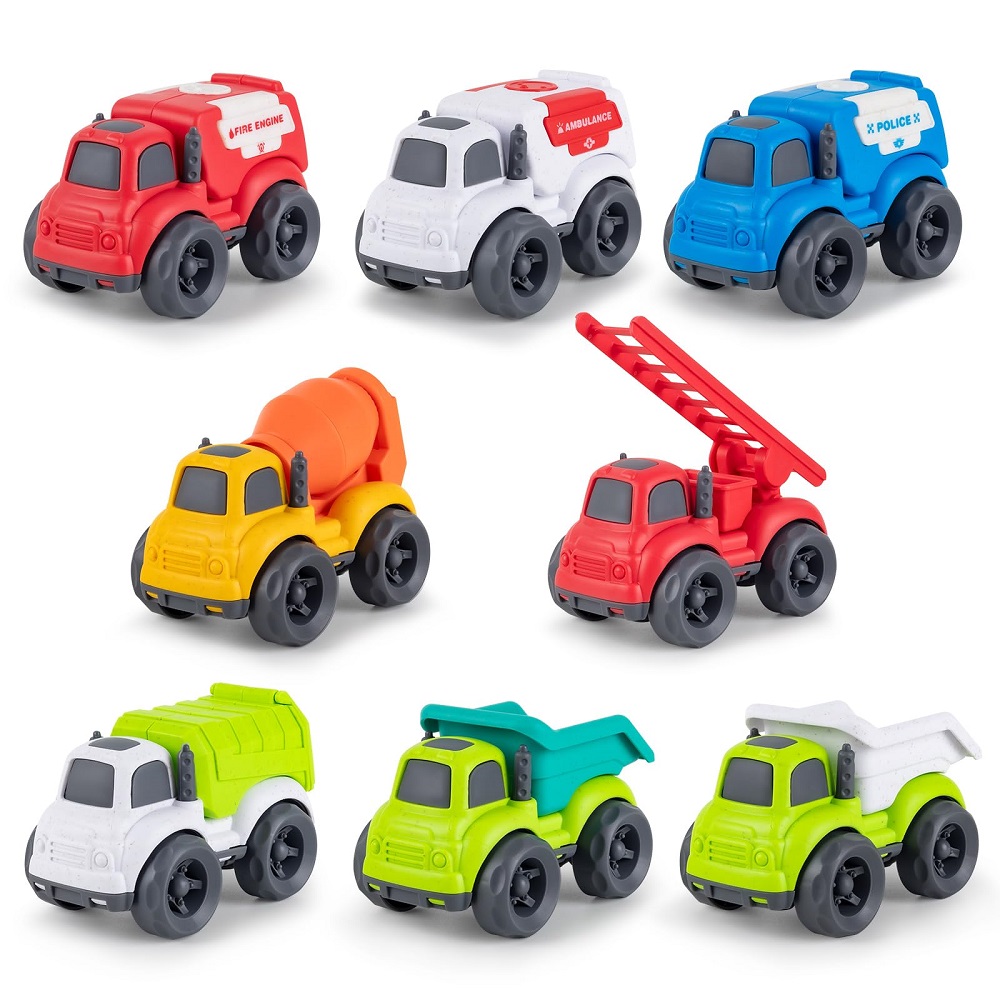
Understanding Cause and Effect
Learning Through Play
Playing with toddler car toys provides toddlers with hands-on experiences that teach them about cause and effect. For instance, when a child pushes a toy car down a hill, they observe the speed at which it rolls. This basic experiment helps them comprehend how actions produce consequences.
Understanding cause and effect is an essential cognitive skill that supports problem-solving. As toddlers experiment with their cars, they learn how different surfaces or angles influence movement. Such exploration fosters curiosity and encourages critical-thinking skills.
Exploring Physics Through Vehicles
Car toys can also introduce toddlers to fundamental concepts of physics. Rolling cars down ramps or off surfaces allows them to experience motion and gravity firsthand. These playful experiments create opportunities for toddlers to ask questions and seek answers.
Encouraging curiosity will lead to greater exploration and understanding. Parents can use these moments to explain principles like speed, friction, and gravity in simple terms. This approach lays the foundation for STEM (Science, Technology, Engineering, and Mathematics) concepts in a playful and engaging manner.
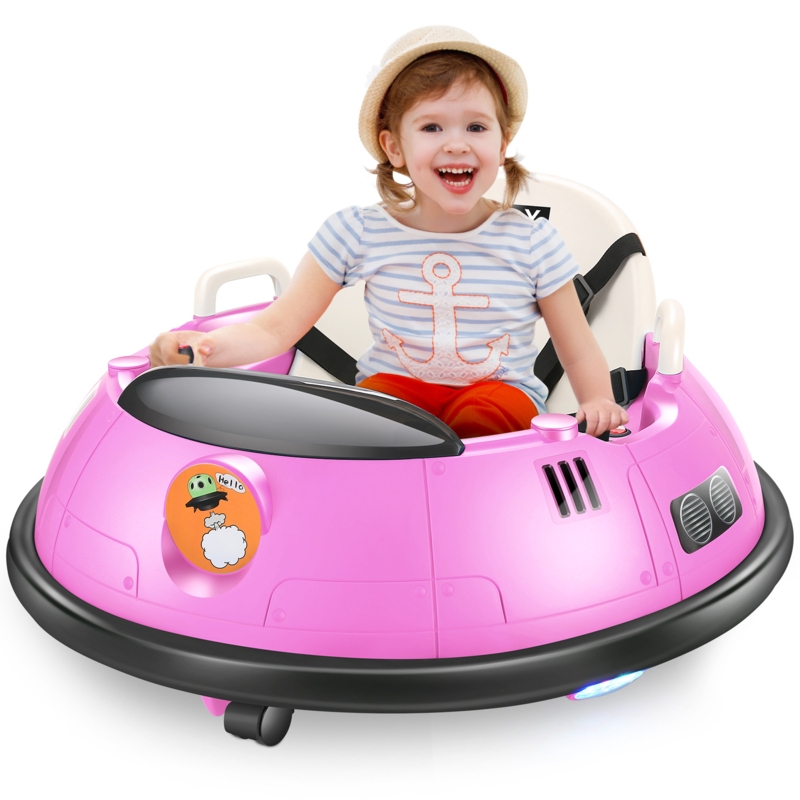
Encouraging Language Development
Vocabulary Expansion
Playing with car toys can significantly enhance a toddler’s language skills. As children engage with their vehicles, they often narrate their actions or create stories. This type of play allows them to experiment with new words and phrases, expanding their vocabulary organically.
Parents can encourage language development by joining in the play. Naming the cars, discussing their colors, or even creating adventurous stories together can enrich the experience. The more verbal interaction toddlers receive, the more comfortable they will become with expressing themselves.
Enhancing Communication Skills
Speech and language development occurs through social interactions and conversation. Engaging with toddlers while they play with car toys fosters communication habits early in life. Parents can ask open-ended questions about their play, prompting toddlers to reflect and share their thoughts.
For instance, asking, “Where do you think this car is going?” allows toddlers to think deeper and describe their imagined scenarios. This practice enhances not only speaking skills but also listening skills as toddlers learn to engage with others and respond to questions.
Promoting Emotional Regulation
Understanding Emotions Through Play
Playing with car toys offers an avenue for toddlers to express and understand their emotions. Through imaginative play, toddlers can recreate situations that mirror their experiences. For instance, they might have a car stuck in traffic or racing against the clock to deliver a package. Such scenarios allow them to process emotions like frustration, excitement, or even triumph.
Engaging in role play can also help toddlers navigate different emotional responses. Whether they experience joy while racing cars or disappointment when a toy gets stuck, these moments foster emotional recognition. With guidance, parents can reinforce understanding by discussing feelings in relation to the play.
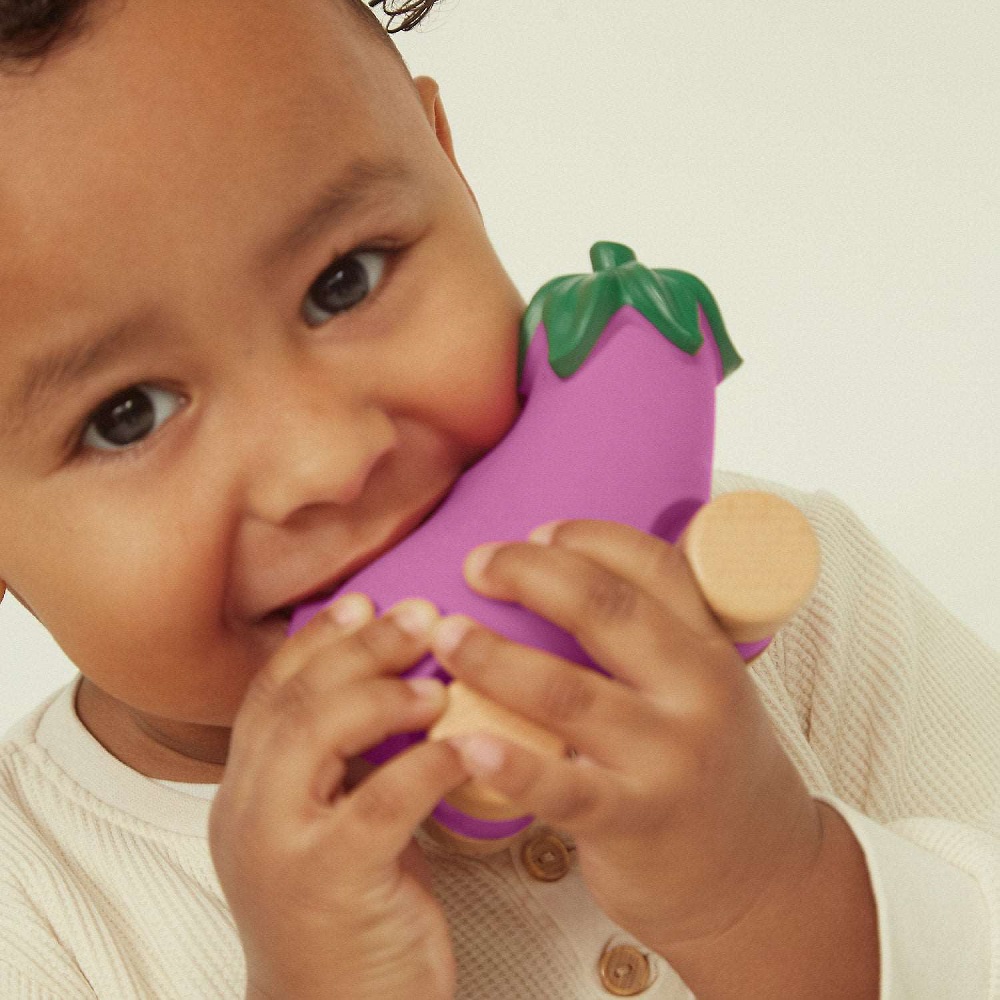
Building Resilience and Patience
As toddlers experiment with car toys, they learn to cope with challenges. When a toy car does not move as expected, children may need to adjust their approach. By engaging in these moments, toddlers learn resilience and patience.
Overcoming small obstacles, such as getting a car unstuck or building a ramp for better speed, encourages persistence. They begin to understand that challenges are opportunities for learning. This mindset becomes a valuable life skill as they grow older and face more complex situations.
Choosing the Right Car Toys for Toddlers
Selecting Safe and Age-Appropriate Options
When choosing car toys for toddlers, safety should be the top priority. Look for toys made from non-toxic materials that are free from small parts, which could pose choking hazards. Check product labels to ensure that they meet safety standards, especially for children aged three and under.
Consider age-appropriate designs, shapes, and functionalities. Some vehicles may have simple push-and-go features for younger toddlers, while older children might enjoy cars that allow for more complex manipulations. Choose toys that match your child’s developmental stage and interests.
Encouraging Variety in Toy Selection
Providing a variety of vehicle types can enhance playtime and learning. Different styles, from traditional toy cars to larger construction vehicles or even iconic racecars, can keep toddlers engaged. This variety promotes creativity by introducing new scenarios and imaginative possibilities.
Consider incorporating transportation-related books or videos into playtime. These resources can provide context, enhancing the play experience. Engaging toddlers with diverse play options and educational materials can help their understanding of the world around them.
The Value of Car Toys in Toddler Development
In conclusion, toddler car toys present a multitude of benefits for toddler development. They encourage imagination, foster fine motor skills, and enhance social interaction. Through play, toddlers learn about cause and effect, build language skills, and develop emotional intelligence.
As caregivers and parents, choosing the right toddler car toys can significantly impact a child’s developmental journey. By selecting safe, age-appropriate, and diverse options, you can create enriching play experiences. Ultimately, playtime with toy cars becomes a multifaceted opportunity for growth and learning.
So, the next time you see your toddler engrossed in play with their favorite vehicle, remember that those simple moments are paving the way for crucial skills and cherished memories. Embrace the joy of play and encourage a love for exploration through toddler car toys!



